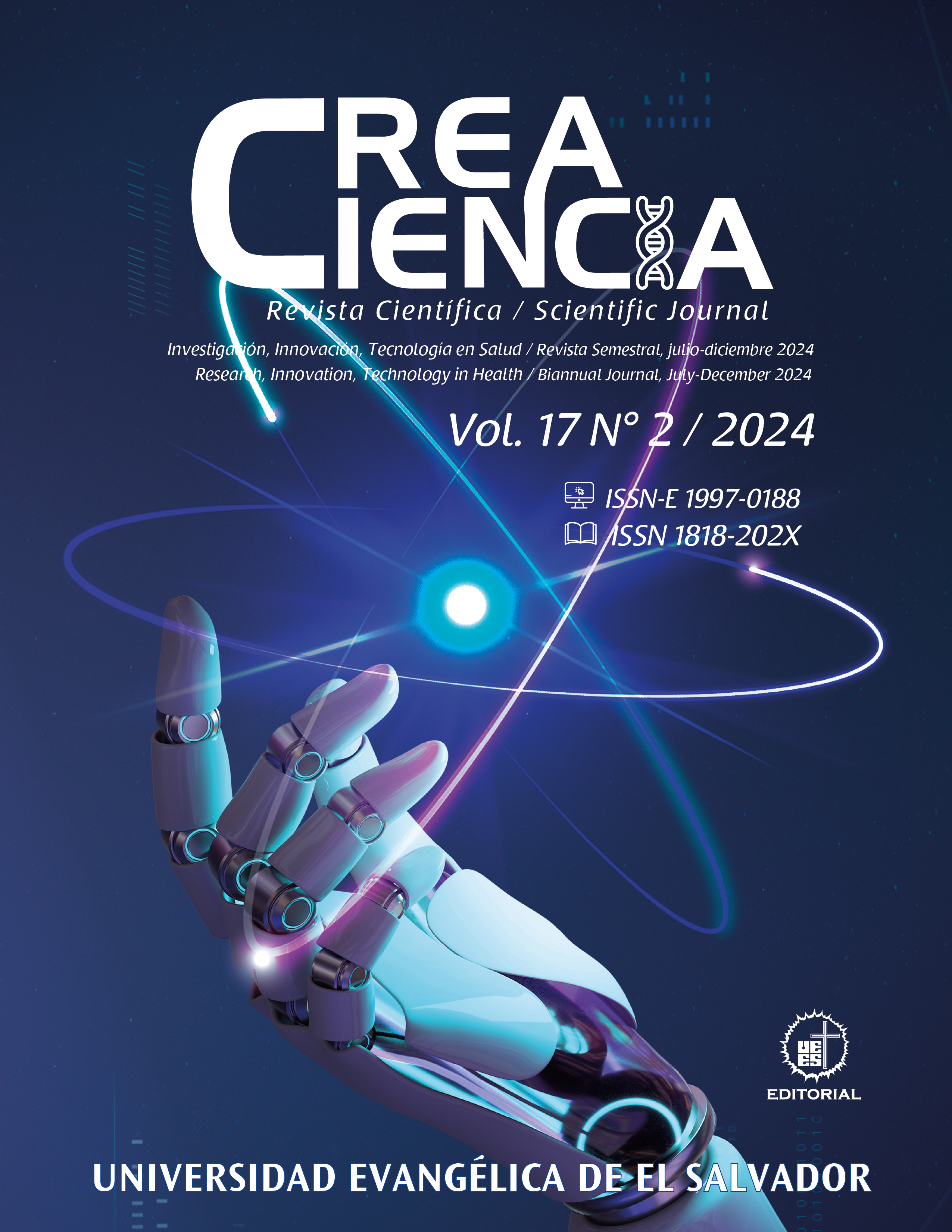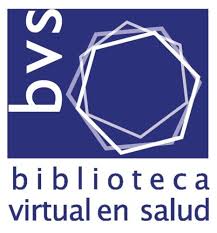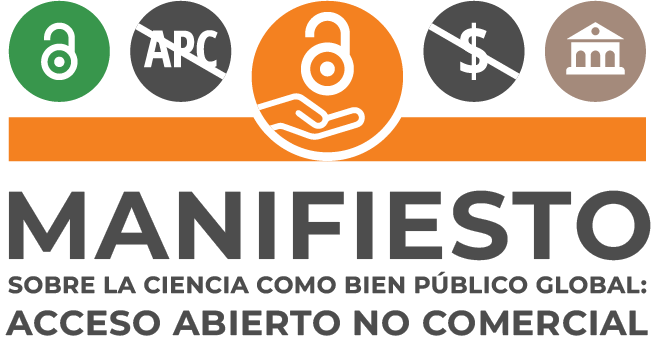Detection of P35S and Tnos genes by Real-Time PCR in maze cultivated in El Salvador
DOI:
https://doi.org/10.69789/cc.v17i2.755Keywords:
Transgenes, Tnos gene, Real-time PCR, Genetically modified organisms, El SalvadorAbstract
Maize is one of the most consumed foods worldwide. For this reason, certain areas of science have created methods to be able to genetically modify this food with transgenes and obtain greater consumption and economic benefits. Two types of maize were studied in which the two target transgenes were searched for by means of real-time polymerase chain reaction (PCR). The study of genetically modified organisms is almost non-existent in our country. Objective: To identify transgenes by real-time PCR in maize grown in El Salvador in 2023. Methodology: Extraction kits for genetically modified organisms, amplification kits with Thermo Fisher Scientific Taqman probes and a MyGo Mini S real-time PCR thermocycler were used. A quantitative, descriptive, cross-sectional study was carried out. Maize samples were taken from the 14 departments that met the inclusion criteria, 112 samples were collected, choosing the maize fields by convenience. 75 grams were extracted from each ear of maize to extract the deoxyribonucleic acid and it was purified to subsequently perform real-time PCR for the amplification of the P35S and Tnos genes. Results: 24 positive samples were obtained for both transgenes. The data obtained from the Ct (cycle threshold) for the P35s gene were: mean of 31.60, minimum data: 24, maximum data: 42. For Tnos: mean of 32.74, minimum data: 27, maximum data: 40 Conclusion: Amplified transgenes are present in maize harvested in El Salvador.
References
Díaz-Pérez C, Arechavala-Vargas R, Huerta-Ruvalcaba J. El maíz transgénico en México. Percepciones regionales sobre su cultivo. Carta Económica Regional [Internet]. 2009 Ene-Abr;(101):71-88. Disponible en: https://cartaeconomicaregional.cucea.udg.mx/index.php/CER/article/view/5549
Paliwal RL, Granados G, Lafitte HR y Violic AD. El maíz en los trópicos: mejoramiento y producción [Internet]. Roma: Organización de las Naciones Unidas para la Agricultura y la Alimentación; 2001. Origen, evolución y difusión del maíz [aprox. 8 p.]. Disponible en: https://www.fao.org/4/x7650s/x7650s03.htm#P0_0
Ministerio de Agricultura y Ganadería, Dirección General de Economía Agropecuaria (SV). Programa Paquetes Agrícolas. 2019 Abr. 4 p. Disponible en: https://www.transparencia.gob.sv/descarga_archivo.php?id=Mjk4MjE4&inst=298218
Satorre EH. Manejo de Insectos en Maíz: Oportunidades y desafíos de la biotecnología para el manejo de Diatraea saccharalis (barrenador del tallo) y Spodoptera frugiperda (isoca del cogollo). 2014. 24 p. Disponible en: https://www.pioneer.com/CMRoot/international/argentina_intl/AGRONOMIA/Informe_talleres_manejo_Insectos_en_Maiz_Pioneer_2014.pdf
Ruíz-Maraver OJ. Monitoreo y Detección de maíz transgénico en el municipio Erongarícuaro, Michoacán [tesis de Licenciatura en Biología]. (MX): Universidad Nacional Autónoma de México; 2012. 130 p. Disponible en: https://hdl.handle.net/20.500.14330/TES01000686314
Trejo-Saavedra DL, Rodríguez-Negrete EA, Rivera-Bustamante RF. Detección de transgenes en Organismos Genéticamente Modificados (OGM) y sus subproductos. Acta Universitaria [Internet]. 2015 Oct;25(3):24-39. Disponible en: https://doi.org/10.15174/au.2015.906
Waiblinger HU, Ernst B, Anderson A, Pietsch K. Validation and collaborative study of p35S and T-nos duplex real-time PCR screening method to detect genetically modified organisms in food products. Eur Food Res Technol [Internet]. 2008;226:1221–8. Disponible en: https://doi.org/10.1007/s00217-007-0748-z
Murúa MG, García Degano MF, Pereira MA, Pero E, Willink E, Gastaminza G. Eficacia en campo del maíz Herculex® I para el control de Spodoptera frugiperda (Smith) (Lepidóptera: Noctuidae) en el Noroeste Argentino. Revista Industrial y Agrícola de Tucumán [Internet]. 2013;90(1):37-43. https://www.scielo.org.ar/scielo.php?script=sci_arttext&pid=S1851-30182013000100004
Espinosa-Calderón A, Turrent-Fernández A, Tadeo-Robledo M, San Vicente-Tello A, Gómez-Montiel N, Valdivia-Bernal R et al. Ley de semillas y ley federal de variedades vegetales y transgénicos de maíz en México. Revista Mexicana de Ciencias Agrícolas [Internet]. 2014 Feb-Mar;5(2):293-308. Disponible en: https://www.scielo.org.mx/scielo.php?script=sci_arttext&pid=S2007-09342014000200010
Turrent- Fernández A, Serratos-Hernández JA, Mejía-Andrade H, Espinosa-Calderón A. Liberación comercial de maíz transgénico y acumulación de transgenes en razas de maíz mexicano. Revista Fitotecnia Mexicana [Internet]. 2009 Oct-Dic;32(4):257-63. Disponible en: https://www.scielo.org.mx/scielo.php?script=sci_arttext&pid=S0187-73802009000400003
Downloads
Published
Issue
Section
License
Copyright (c) 2024 Emerson Pocasangre, Fidel Omar Mendoza Ramírez

This work is licensed under a Creative Commons Attribution-NonCommercial-ShareAlike 4.0 International License.
Los artículos de Crea Ciencia están publicados en acceso abierto bajo una licencia CC BY-NC-SA 4.0 de la Universidad Evangélica de El Salvador.





















